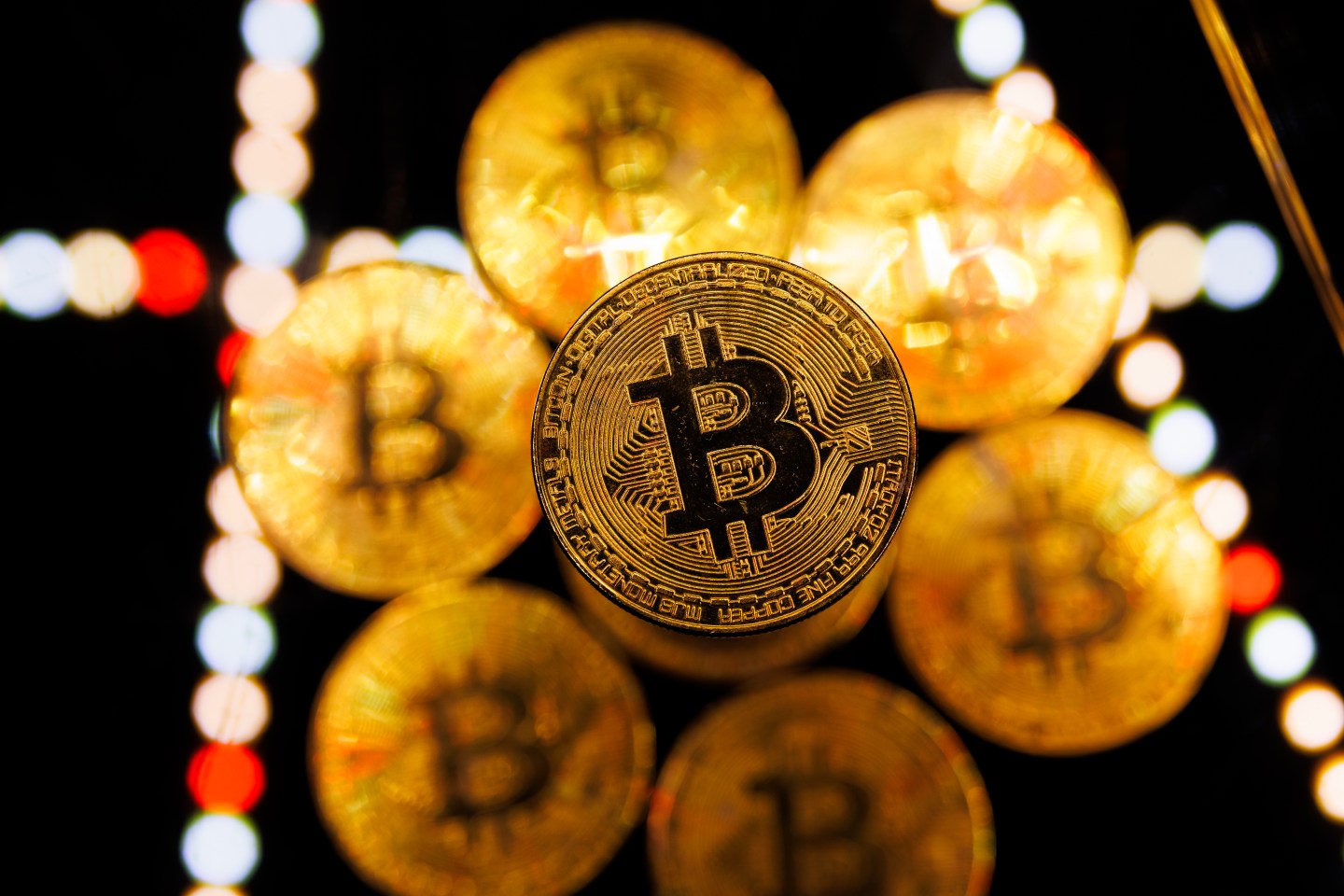After spending most of the week below $100,000, Bitcoin rebounded on Friday following mixed economic data in January’s jobs report.
The cryptocurrency jumped 2%, from near $97,700 to $100,000, in the hour following the report’s release, showing the U.S. added fewer jobs than expected in January. The spike didn’t last long, with the currency paring its gains soon after, falling back below six figures and oscillating around $98,000.
Altcoins XRP and Solana also popped in the wake of the report, up 6% and 3% in the last 24 hours, respectively.
The report from the Bureau of Labor Statistics showed that the U.S. added 143,000 jobs in January, short of economists’ prediction of 170,000 jobs and the 256,000 jobs added in December. The data signals a significant slowdown in hiring. However, the unemployment rate dropped to 4% from 4.1%, despite expectations it would remain steady.
Patrick Liou, principal of institutional sales at crypto exchange Gemini, said in a recent interview that the jobs report contributed to Bitcoin’s bump—and subsequent sell-off—because it fueled uncertainty among crypto traders about how many interest rate cuts the Federal Reserve will make this year.
“I think it all really leads, for today at least, to what are the cut expectations in the future,” he said.
Economic data like Friday’s jobs report often influences the crypto market because it can indicate the strength of the U.S. economy and therefore whether the Fed will continue to make rate cuts. Lower interest rates are often good for crypto because the looser economic conditions drive investors back to risky assets.
Liou said the conflicting data didn’t provide a clear path forward for the Fed. “The Fed is really in wait-and-see mode. And I think traders…are also really on the fence,” he said. “They aren’t sure yet because inflation has come down a little bit, but it’s not a rapid descent.”
The Fed began cutting rates in September for the first time in four years after raising rates to combat inflation driven by the COVID-19 pandemic. The rate cut triggered a wave of investors returning to crypto because of renewed interest in risky assets.
Investors are uncertain about this year’s rate cuts because, after making a total of three rate cuts in 2024, the Fed indicated that it would make fewer cuts in 2025. Bitcoin tumbled as low as $92,000 in December following the Fed’s announcement that it will slow down rate cuts.












